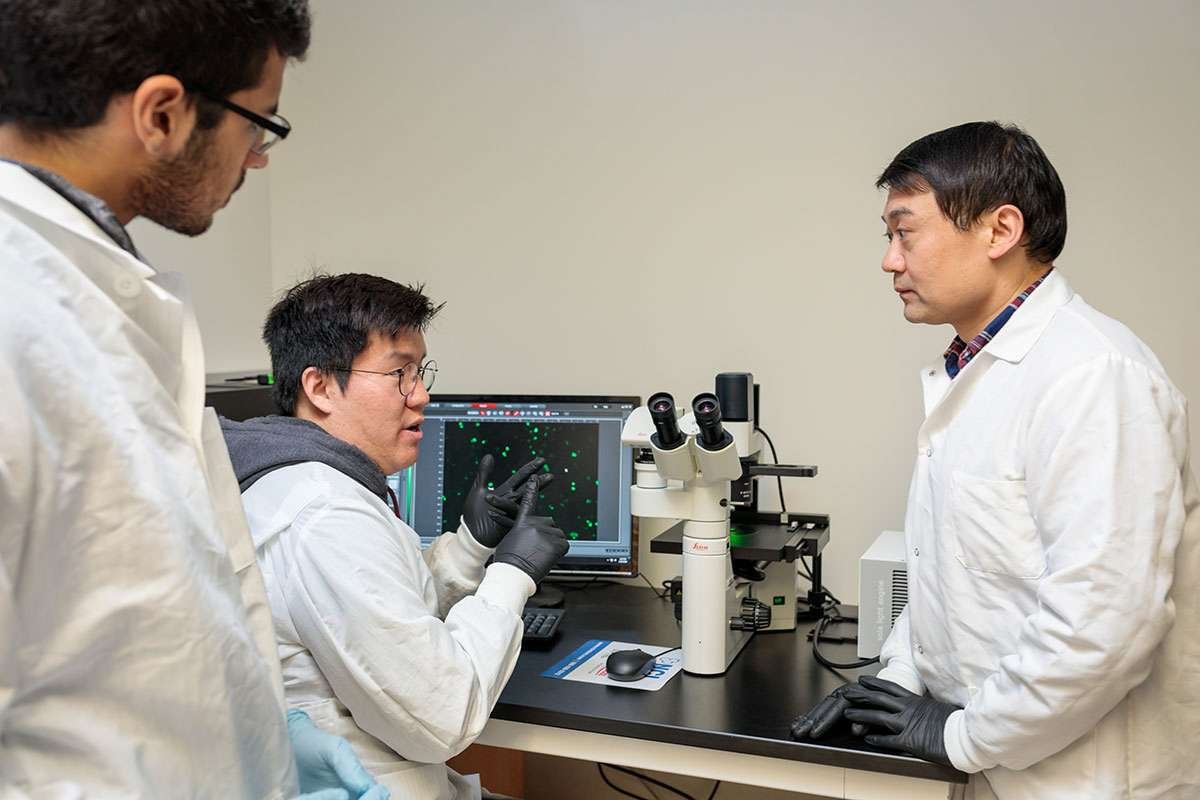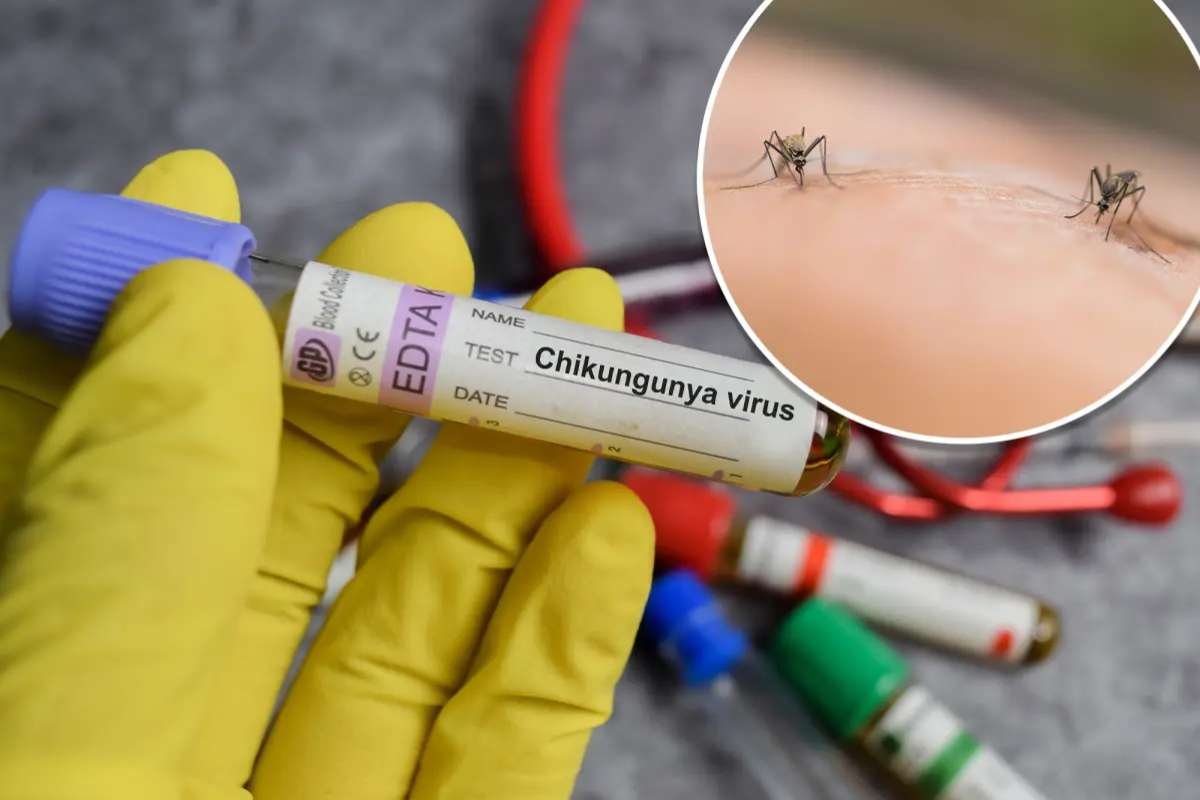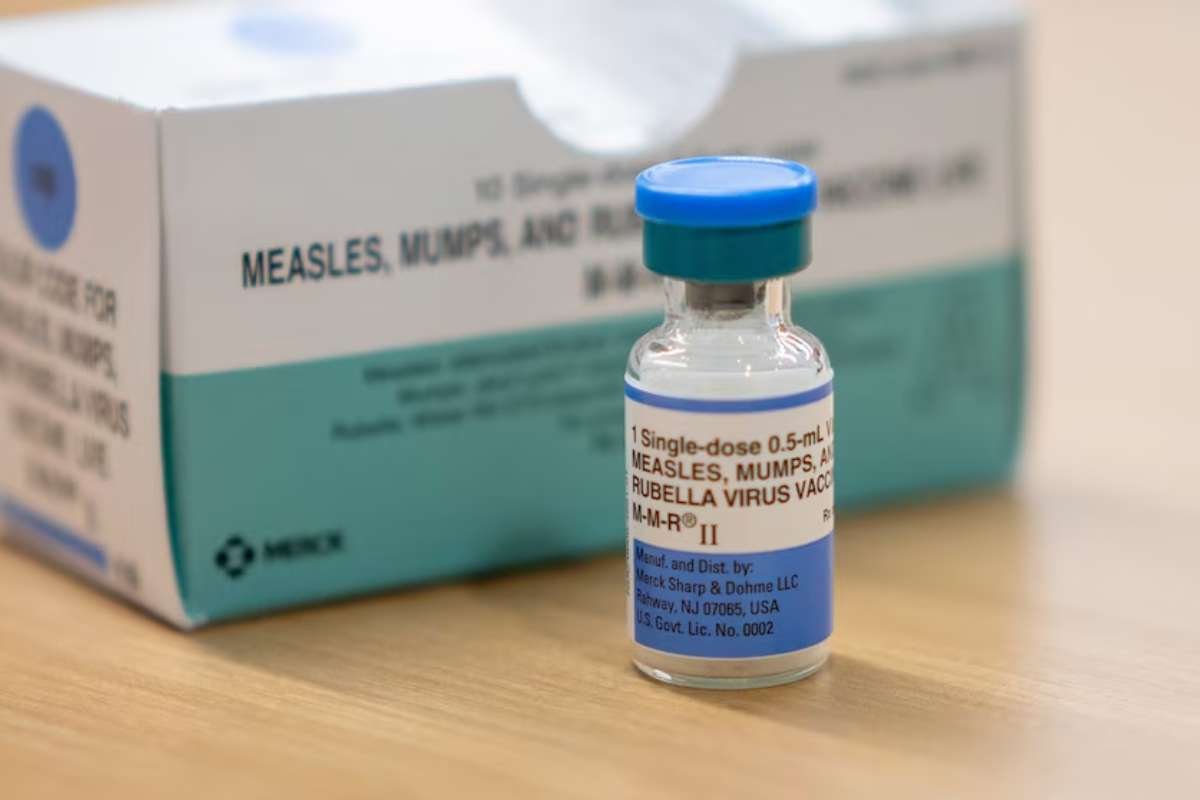Advancing Genetic Research Beyond a Single Reference
More than two decades after the completion of the Human Genome Project (HGP), researchers at Washington University in St. Louis (WashU) are contributing to a new initiative aimed at expanding our understanding of human genetics. The HGP, which concluded in 2003, created the first comprehensive human genome reference sequence, revolutionizing clinical research and genetic medicine. However, scientists now argue that a single reference genome cannot adequately capture the full extent of human genetic diversity.
Dr. Juan Macias, a postdoctoral researcher at the Wang Lab in WashU’s Department of Genetics and Center for Genome Sciences & Systems Biology, is working as part of the Human Pangenome Reference Consortium (HPRC). This initiative, funded by the National Institutes of Health (NIH), aims to develop a human “pangenome” that integrates genetic data from diverse populations. Unlike the single-reference genome model, which serves as a generalized blueprint, the pangenome will offer a more representative and inclusive mapping of human DNA, accounting for genetic variations across different individuals and populations.
“The traditional reference genome is useful, but it only represents a narrow subset of human genetic diversity,” said Macias. “By integrating multiple genomes, we can create a more accurate and applicable tool for genetic research and clinical applications.”
Building a More Inclusive Genetic Map
The Human Pangenome Project is a significant undertaking. The first draft, released in May 2023, included nearly complete genome assemblies from 47 individuals, carefully selected to reflect a broad spectrum of genetic diversity. Instead of a static list of genomes, the pangenome functions as an intricate computational map, linking shared genetic sequences while highlighting key variations among individuals.
For researchers like Macias, constructing and analyzing this complex genetic framework presents a formidable computational challenge. However, the potential benefits are substantial, particularly for advancing treatments for diseases such as cancer and Alzheimer’s. The pangenome allows scientists to pinpoint specific genetic loci—regions within DNA sequences—that influence disease susceptibility and response to treatment. This refined approach enhances the efficiency and accuracy of genetic research, ultimately paving the way for breakthroughs in precision medicine.
“My focus is on understanding how genetic variations impact our ability to leverage stem cell therapies, particularly induced pluripotent stem cells (iPSCs), for future medical treatments,” Macias explained.
The next phase of the project aims to expand the dataset to include DNA from over 200 individuals, significantly increasing the scope and accuracy of the Human Pangenome Project. This expansion is expected to further improve personalized medicine by providing clinicians and researchers with a more comprehensive reference for diagnosing and treating genetic disorders.
A New Era in Genomic Research
Beyond its scientific impact, the Human Pangenome Project has also been a transformative experience for those involved in its research. Macias, who initially pursued a career in agricultural technology, shifted his focus to genetics during his Ph.D. at WashU after being introduced to the complexities of the pangenome.
“My family has deep roots in agriculture in Mexico, so working in agrotech felt like a natural path,” he said. “But at WashU, they encourage students to explore new areas. I did rotations in genetics and found myself drawn to the complexity of the field.”
As the project progresses, WashU’s Department of Genetics will commemorate its 50th anniversary with a symposium on April 24. The event will feature talks from key figures in genomic research, including Robert Waterson, a pioneer of the original Human Genome Project, and Eric Green, director of the National Human Genome Research Institute (NHGRI) and a WashU alumnus.
Macias emphasized the importance of widespread adoption and education surrounding the pangenome. “The challenge is not just creating the pangenome but ensuring researchers and clinicians know how to use it effectively,” he said. “Its impact on clinical genetics will be profound, but we need to work on integration, education, and application.”
As genomic science advances, the Human Pangenome Project represents a new frontier, promising to refine medical research, enhance treatment strategies, and provide a more inclusive understanding of human genetic diversity.







